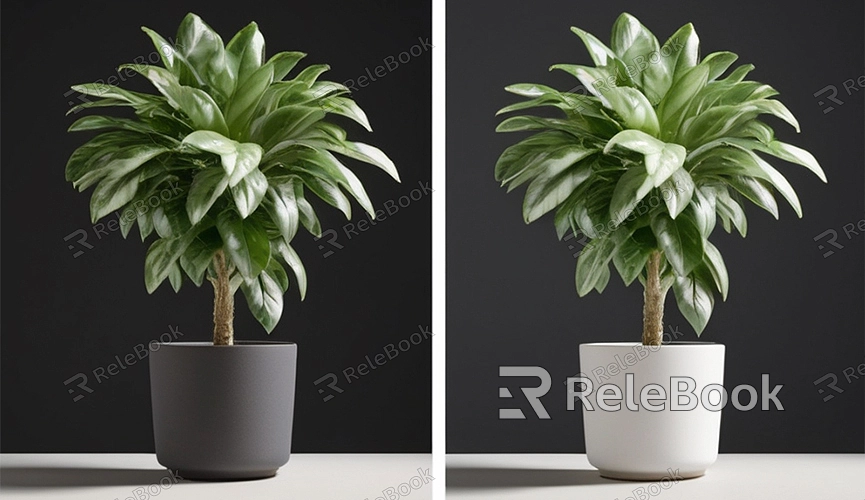Why Is My Render So Dark Blender?
When engaging in 3D rendering with Blender, a common issue that many users might encounter is that the render outcome is excessively dark. This situation is not only frustrating but can also impact the progress and quality of a project. So, why does Blender rendering become so dark? This article will delve into this issue in detail and offer several solutions to help you quickly identify and address the problem.
Common Causes and Solutions
1. Insufficient Light Source Settings
Lack of adequate light source settings is one of the main reasons for dark renders. In Blender, light sources are crucial for scene illumination; if they are improperly set up or insufficient in number, the render will be very dark.

Solution:
- Check the light sources in the scene to ensure there are enough to illuminate the entire area.
- Add more light sources, such as Point Lights, Sun Lights, or Spot Lights.
- Adjust the intensity and position of the light sources to ensure they adequately cover all areas requiring brightness.
2. Ambient Light Settings
Ambient light is the general illumination present in a scene, providing basic lighting for all objects. If the ambient light is set too low, the entire scene will appear very dark.
Solution:
- Open the "World" settings in Blender and increase the intensity of the ambient light.
- Use an HDRI (High Dynamic Range Image) as an environment map to provide more natural and even lighting.
3. Material and Shader Issues
Improper settings for materials and shaders can also result in dark render outcomes. This is especially true when the reflectivity or emission values of materials are set too low, causing object surfaces to appear very dark.
Solution:
- Check the material settings of objects to ensure that reflectivity and emission values are appropriately set.
- Use the node editor to adjust the shaders of the materials, increasing the intensity of reflection and scattering of light.
4. Camera Exposure Settings
Camera exposure settings can also affect the brightness of the render outcome. If the camera exposure is set too low, the entire rendered scene will appear dark.
Solution:
- Adjust the exposure value in the camera settings; increasing the exposure can brighten the image.
- Properly adjust the camera's ISO, aperture, and shutter speed to achieve the desired exposure effect.
5. Rendering Engine Settings
The settings of the rendering engine can also lead to dark render outcomes. Different rendering engines have different default settings, which sometimes require manual adjustment to suit specific scene needs.
Solution:
- If using the Cycles rendering engine, check the light path settings to ensure there are enough reflections and refractions.
- If using the Eevee rendering engine, make sure Global Illumination and Ambient Occlusion are enabled.
6. Color Management
Incorrect color management settings can also cause the rendered image to appear overly dark. Blender's color management system is responsible for adjusting the color and brightness of the final image; improper settings can lead to image distortion.
Solution:
- In the color management settings, choose the appropriate View Transform and Look.
- Adjust the exposure and gamma values in color management to ensure the image brightness and contrast are suitable.
Excessively dark render outcomes in Blender are a common issue, but by checking light source settings, ambient light, materials, camera exposure, rendering engine, and color management, you can quickly identify and resolve the problem. It is hoped that this article will help you better understand and address the issue of dark rendering in Blender, making your 3D works brighter and more realistic. If you need many high-quality 3D textures and HDRIs, or 3D model downloads when creating models and virtual scenes, you can download them from Relebook. After downloading, simply import the textures and 3D models directly into your model for use.

